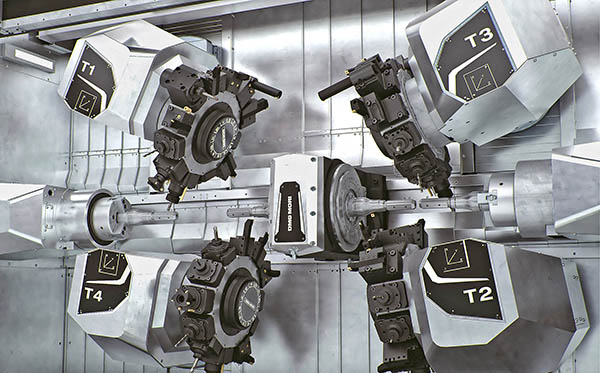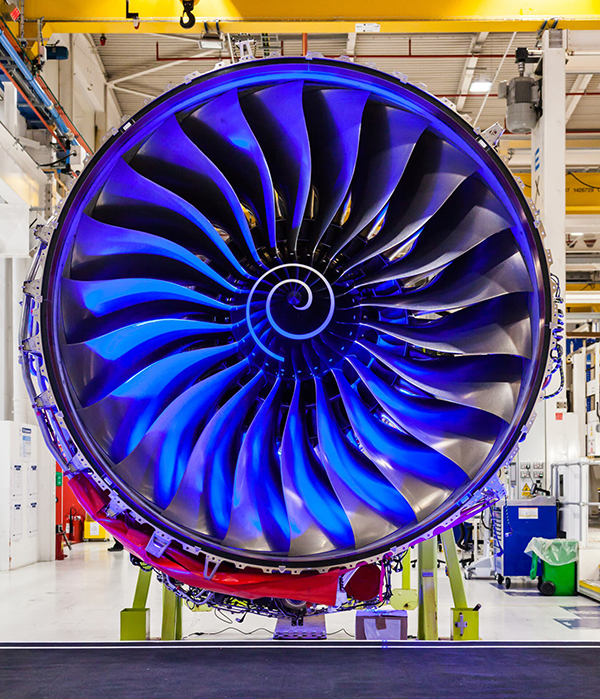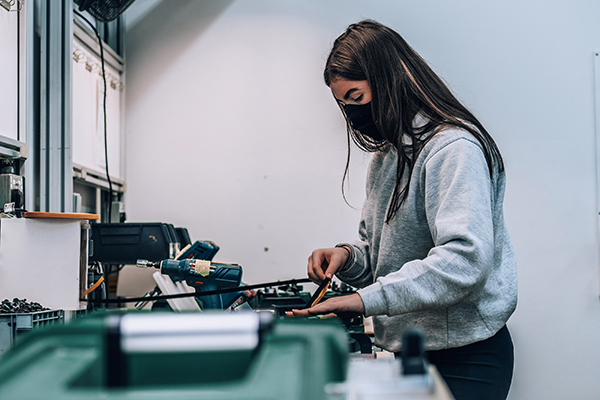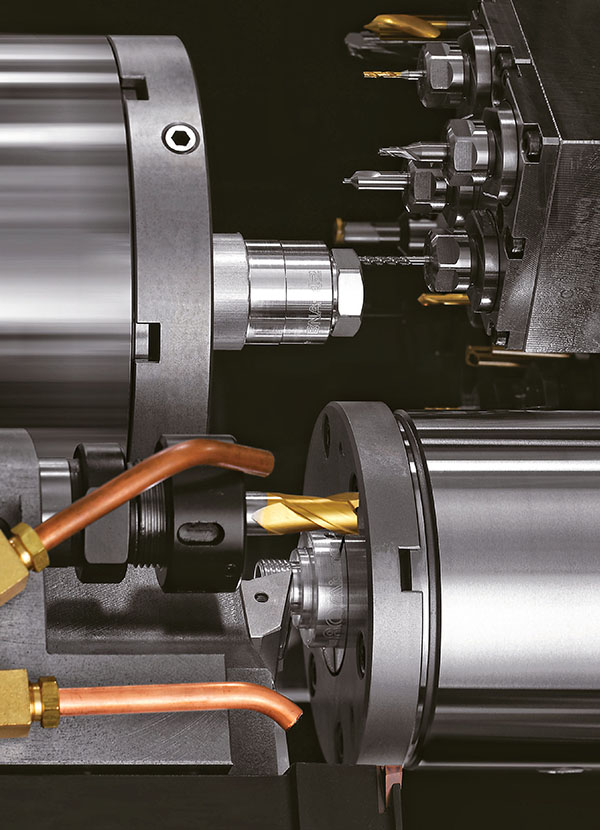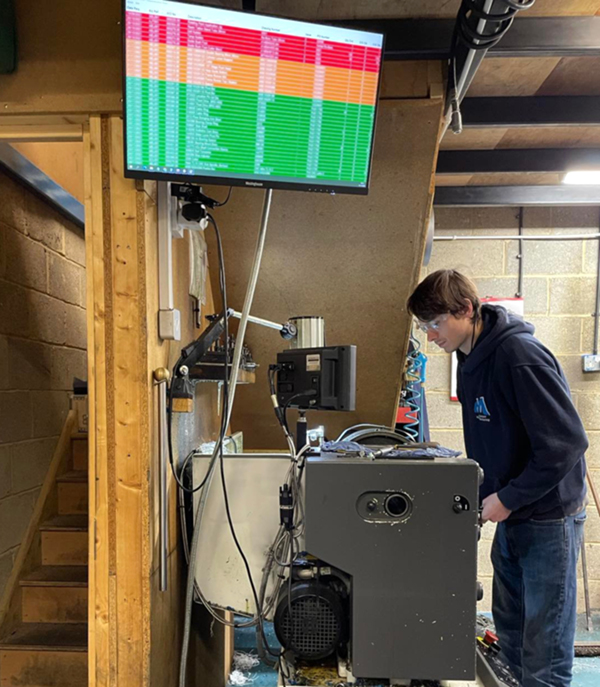
A CNC turning centre provides potential users with multiple choices to configure a machine to their precise needs. Launched by DMG Mori at the EMO Milano exhibition in October, the NZ platform is available as a DUE, TRE or QUATTRO model, having two, three or four turrets respectively. Each also has an 80 mm Y axis and the possibility of having a -10 to +100° B axis. The built-in 16 kW/12,000 rpm/24 Nm motor has either 12 live stations for VDI 30 tools or 16 stations for VDI 25 tools.
DMG Mori’s new machine is available in two bed sizes, a short version for workpieces up to 740 mm long and a larger version for workpieces to a maximum length of 1290 mm. A magazine for feeding bar stock up to 65 mm diameter is available, with the potential for the chucking of billets up to 120 mm diameter. Even with a 4 m bar feed, only 17.8 sq m of shop floor space is required.
Suitable for use on the long-bed lathe, but also possible on the short-bed version, an optional, double-sided, twin spindle can be mounted in the Z axis between the 5000 rpm (optionally 7000 rpm) main and counter spindles. Able to accept up to 65 mm diameter workpieces, it effectively divides the machine into two twin-spindle work areas and may be used for turning at up to 4000 rpm. When machining longer workpieces, it functions as a hydraulic steady rest or a Swiss-type unit with a 5000 rpm rotating guide bush.
A symmetrical, thermally stable bed ensures stability and precision during machining. Other merits of the machine include ergonomic accessibility to the working area and efficient chip evacuation.
For further information
www.dmgmori.com






